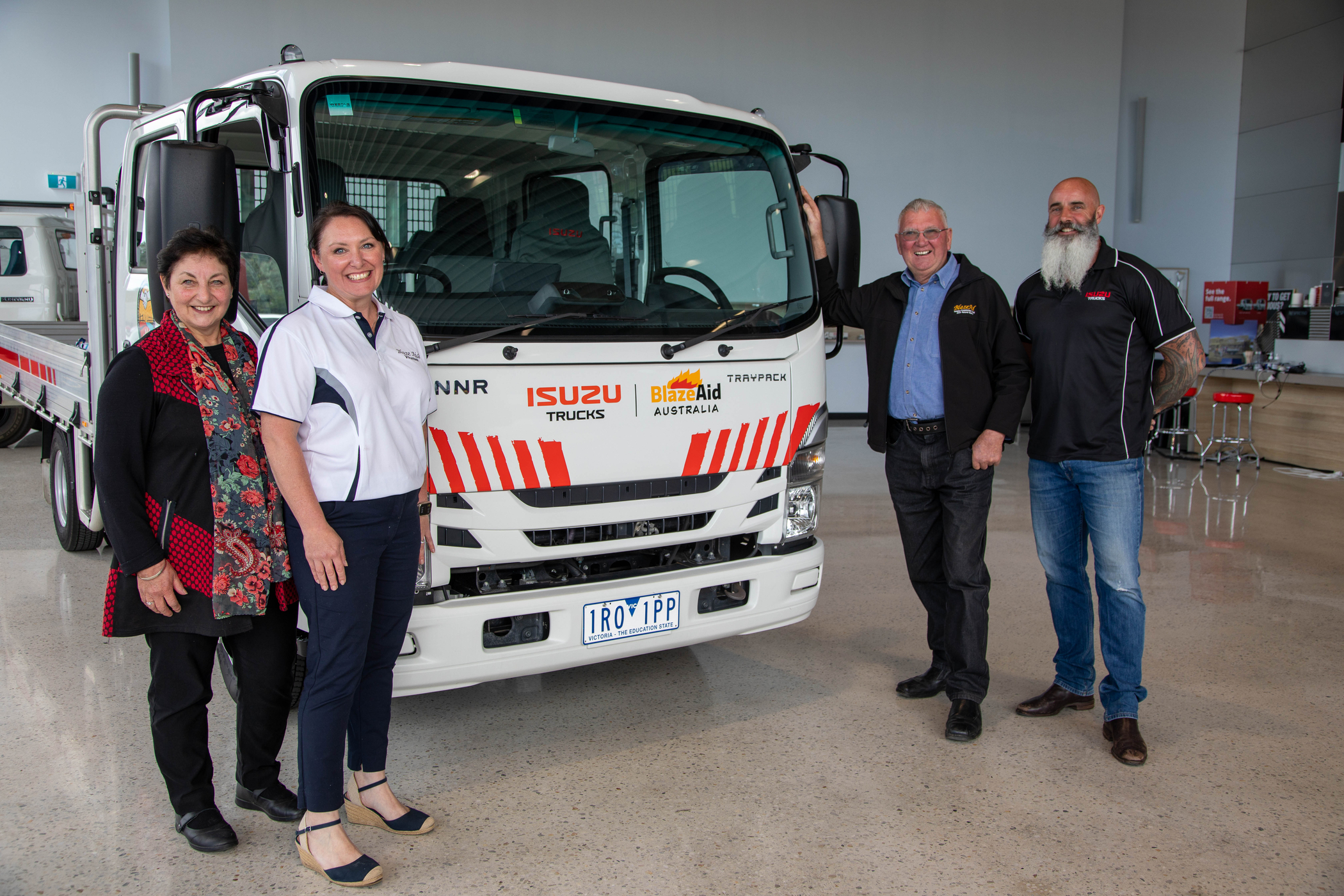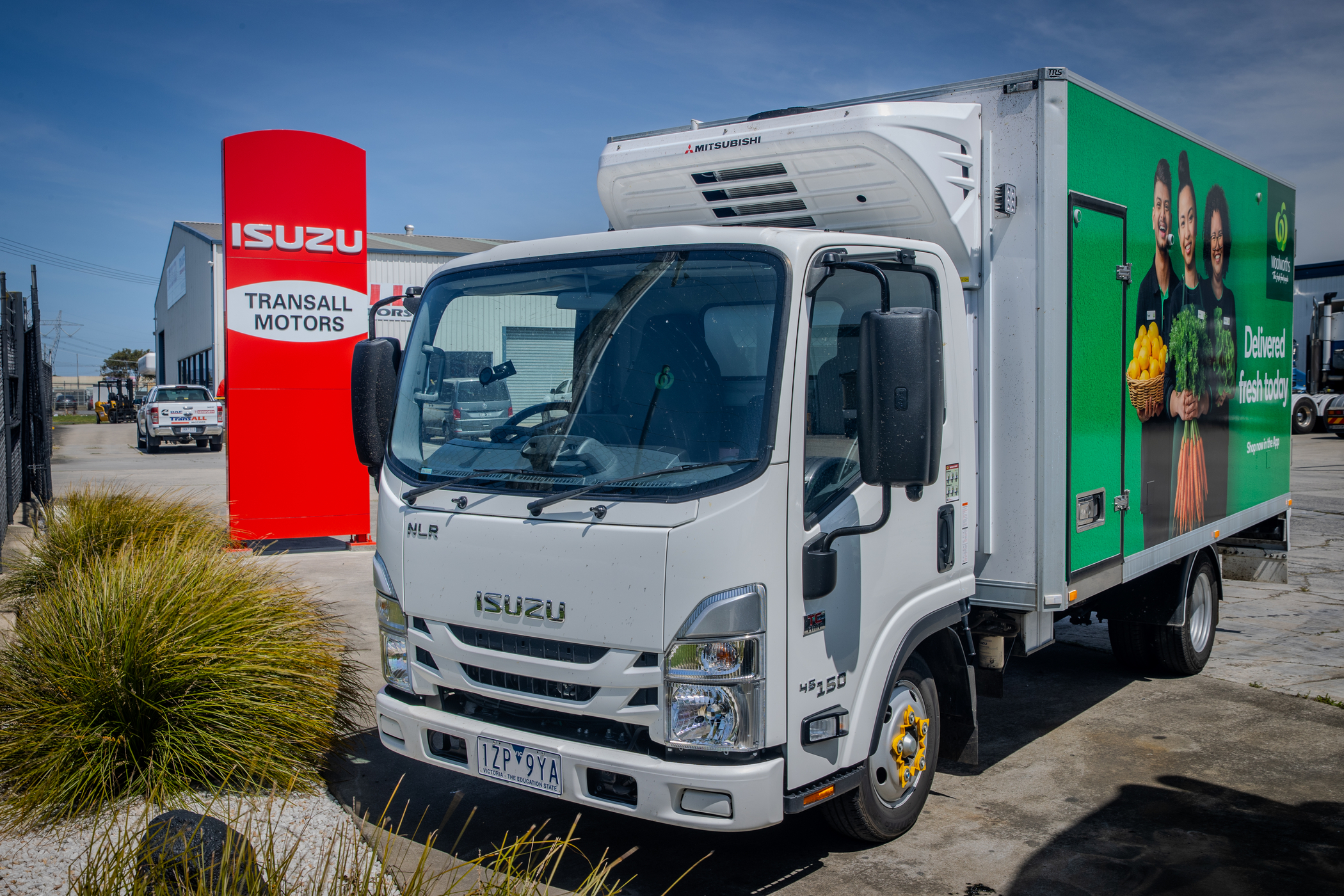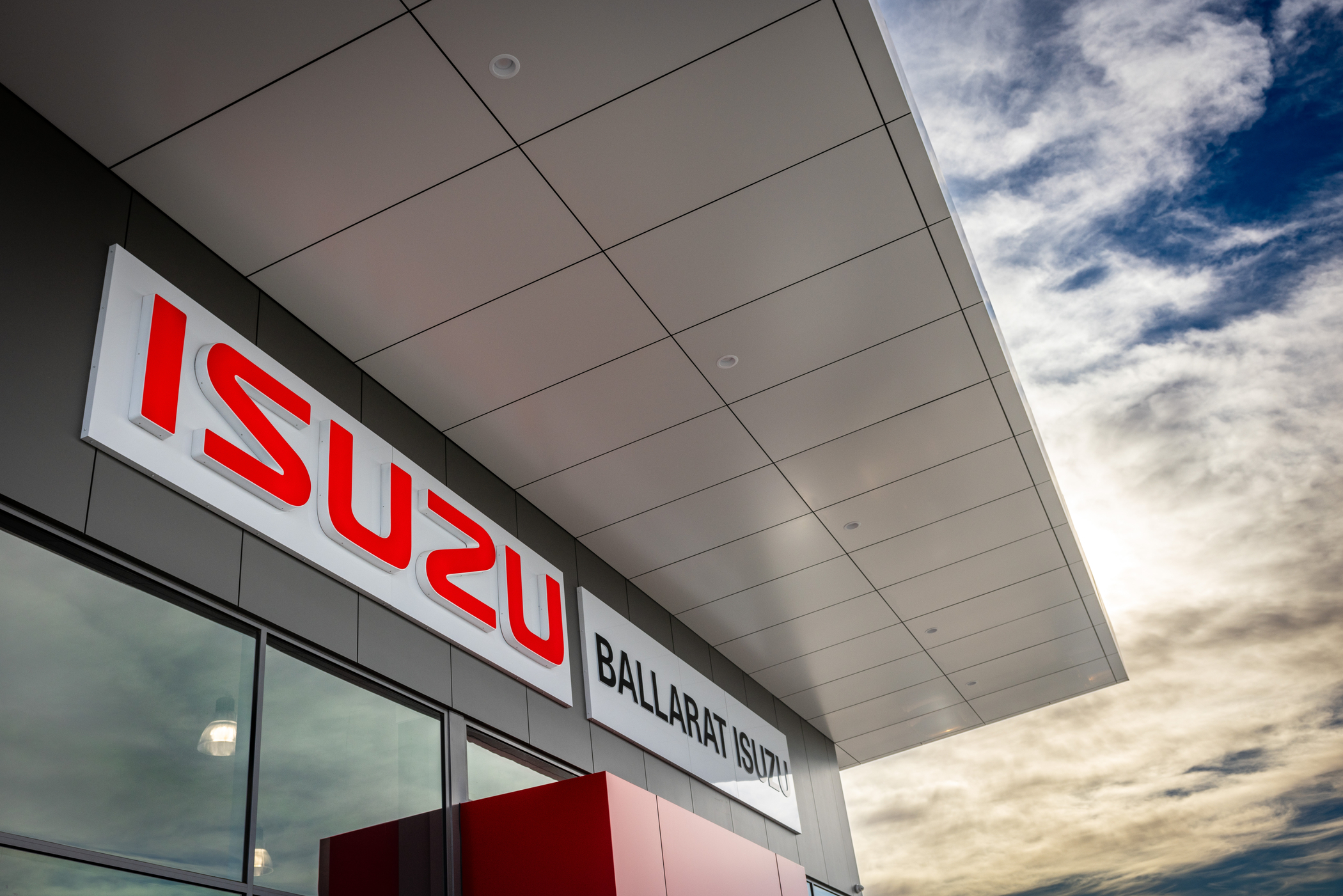ISUZU HISTORY: 1996
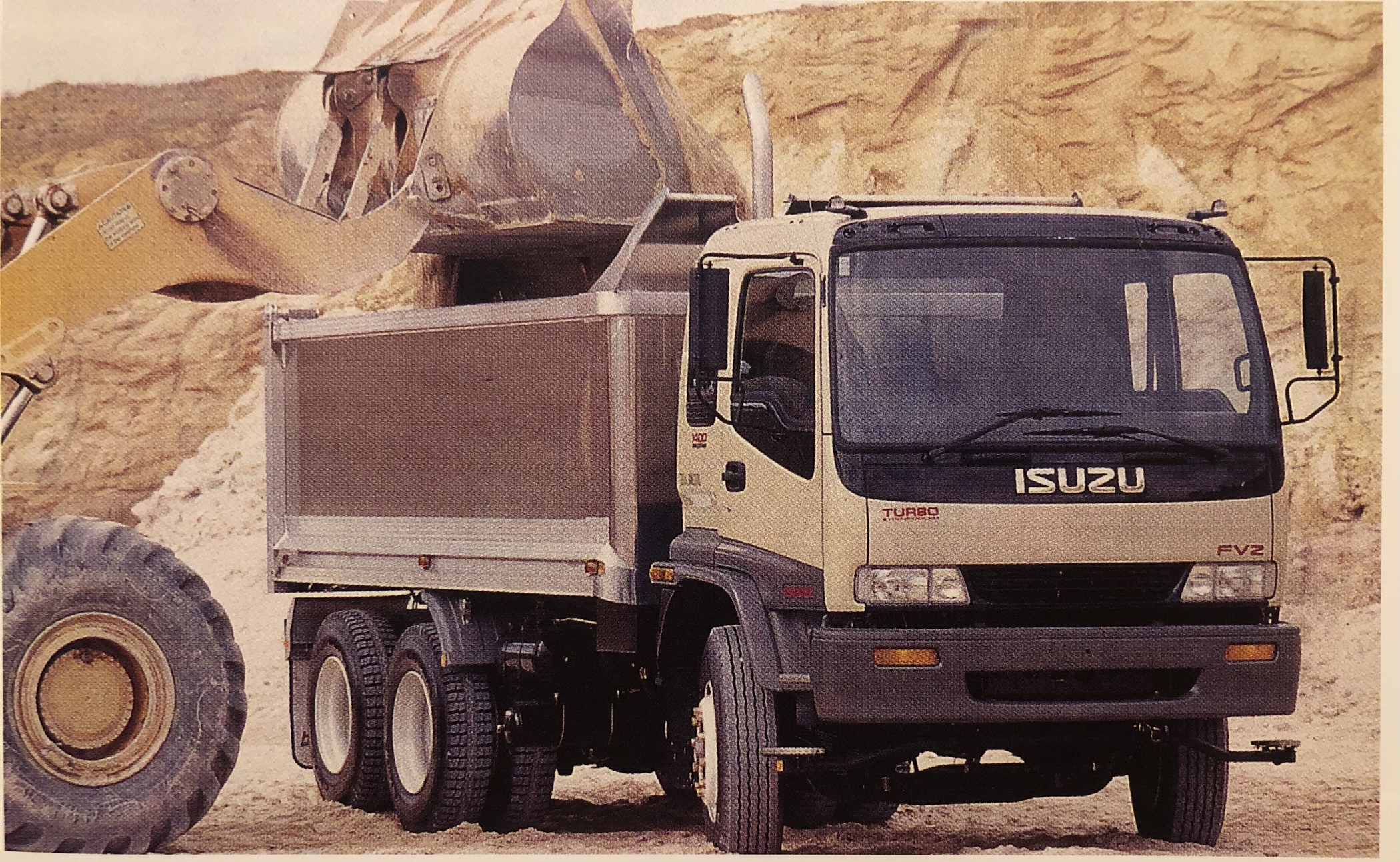
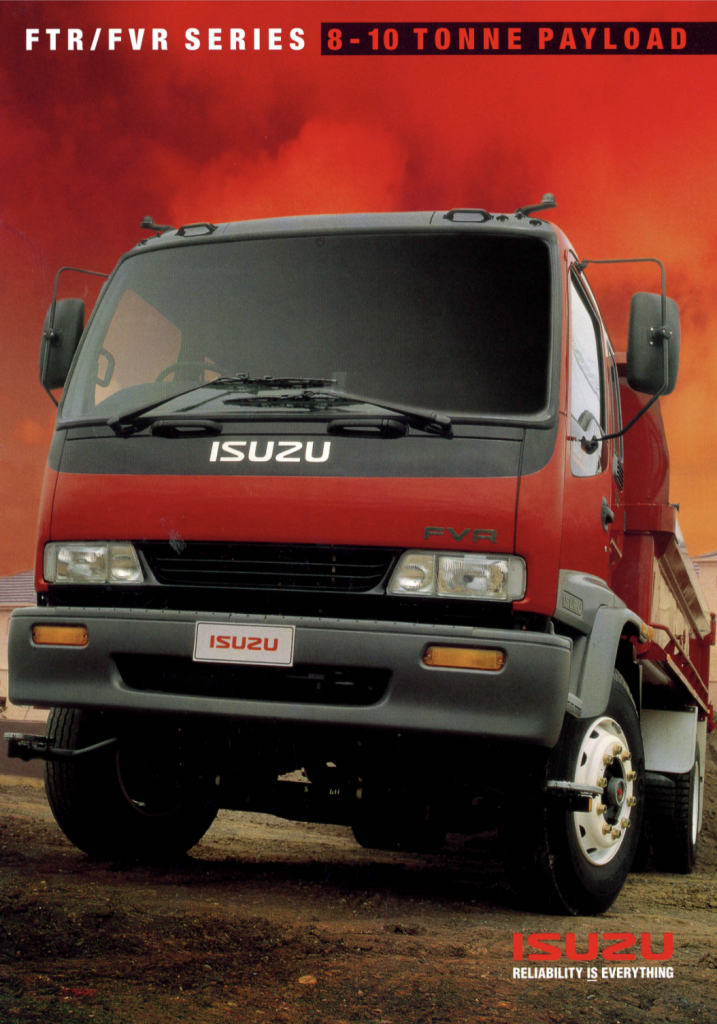
An Isuzu FTR/FVR model brochure from 1996
For people who relied on trucks to drive their business further, the 1996 Isuzu range featured modern new cabins, greater model choice and more powerful engines. Low emission engines (Euro 1-compliant) gave customers the grunt they needed to get the job done well. Models ranging from the FRR 500 through to the FVR 900 were well served by the direct injection, overhead camshaft 6HH1 8.2 litre engine. The FV ‘Turbo” Series, in particular, was a stand-out that offered the 6SD1-TC 9.8 litre turbo-charged power-plant with 1,000 Nm of torque, designed to capture the imagination of demanding customers keen to upgrade or expand their truck fleets.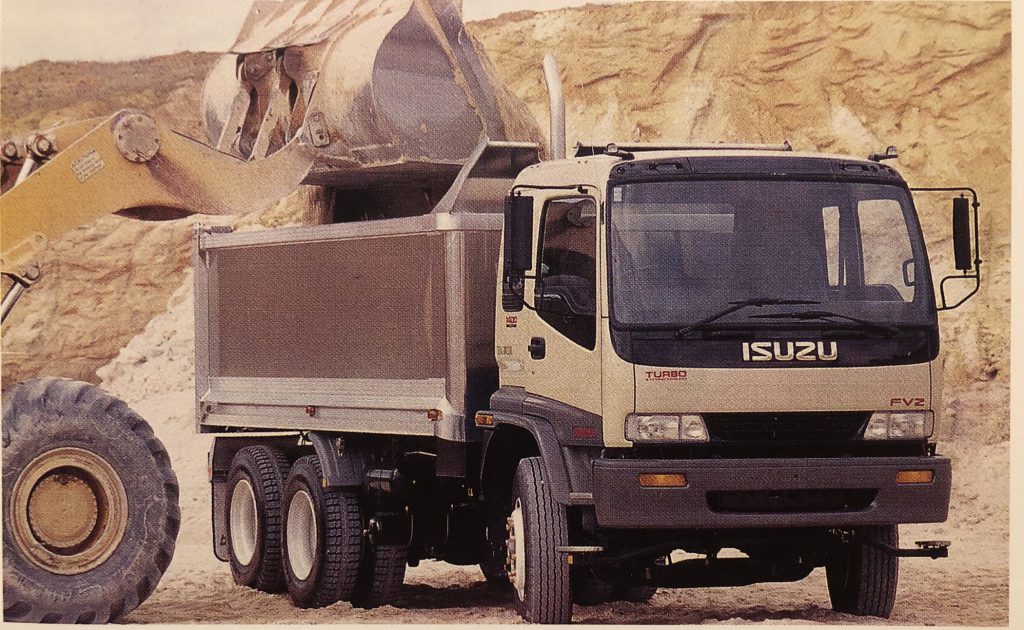 In the 1996 April issue of the Isuzu Truck Owners’ Club newsletter, National Truck Manager, Jon Jowett, shared his belief that the new F Series range would set, “new benchmarks for productivity, operating ease, convenience, and Isuzu’s legendary reliability”.
In this year too, Michio Kamiya was appointed to the role Managing Director and 3rd president of IAL – a prestigious role that demanded the highest possible attention to detail in one of the world’s most competitive truck markets.
The buy-back of the balance of $7 million redeemable preference shares continued, with the Capital Reserve increased to $10 million.
On the global trucking industry stage, Isuzu products had started to compete in earnest with established European brands, such as Iveco and Volvo, while in North America, iconic companies including Mack and Kenworth felt the pressure of the latest addition to the trucking industry’s medium-duty market.
In the 1996 April issue of the Isuzu Truck Owners’ Club newsletter, National Truck Manager, Jon Jowett, shared his belief that the new F Series range would set, “new benchmarks for productivity, operating ease, convenience, and Isuzu’s legendary reliability”.
In this year too, Michio Kamiya was appointed to the role Managing Director and 3rd president of IAL – a prestigious role that demanded the highest possible attention to detail in one of the world’s most competitive truck markets.
The buy-back of the balance of $7 million redeemable preference shares continued, with the Capital Reserve increased to $10 million.
On the global trucking industry stage, Isuzu products had started to compete in earnest with established European brands, such as Iveco and Volvo, while in North America, iconic companies including Mack and Kenworth felt the pressure of the latest addition to the trucking industry’s medium-duty market.
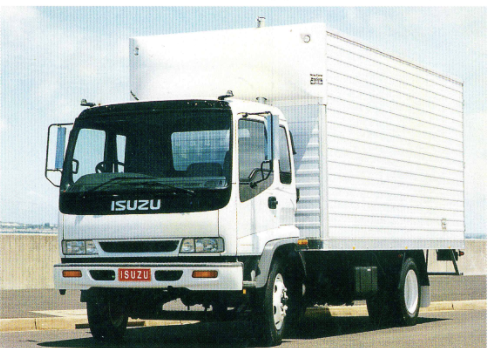 Other key products for Isuzu in 1996 included the popular NKR 200 Flat Low, while the aforementioned FV turbo models set a benchmark for Japanese trucks with their 1,000 Nm of torque and 199 kW of power.
The 1996 FV turbo model was significant, as it was the first Japanese medium-duty truck engine that really compared well with the North American competitors of the day.
And, back in late 1996, the only competition was really Iveco with their ACCO. Other Japanese competitors lacked torque, very few had turbos.
The FV engine matched the Cummins 8.3 of the time in the ACCO but was far quieter and with a nicer cab. Ultimately, this was the first Japanese truck to really compete with the established players.
Importantly, Australian input into the 1996 Isuzu F Series began with a survey back in 1989 – a fact that highlighted the company’s commitment to research and communication.
With driver considerations acknowledged as an integral part of the design process, the need for fuel-efficient, cost-effective vehicles was at the forefront of the creation of this popular range of trucks.
Other key products for Isuzu in 1996 included the popular NKR 200 Flat Low, while the aforementioned FV turbo models set a benchmark for Japanese trucks with their 1,000 Nm of torque and 199 kW of power.
The 1996 FV turbo model was significant, as it was the first Japanese medium-duty truck engine that really compared well with the North American competitors of the day.
And, back in late 1996, the only competition was really Iveco with their ACCO. Other Japanese competitors lacked torque, very few had turbos.
The FV engine matched the Cummins 8.3 of the time in the ACCO but was far quieter and with a nicer cab. Ultimately, this was the first Japanese truck to really compete with the established players.
Importantly, Australian input into the 1996 Isuzu F Series began with a survey back in 1989 – a fact that highlighted the company’s commitment to research and communication.
With driver considerations acknowledged as an integral part of the design process, the need for fuel-efficient, cost-effective vehicles was at the forefront of the creation of this popular range of trucks.
In this year
When it comes to technology, Japan is commonly at the forefront of advances and in 1996, DVDs were launched as the outmoded VCR was forced to make way.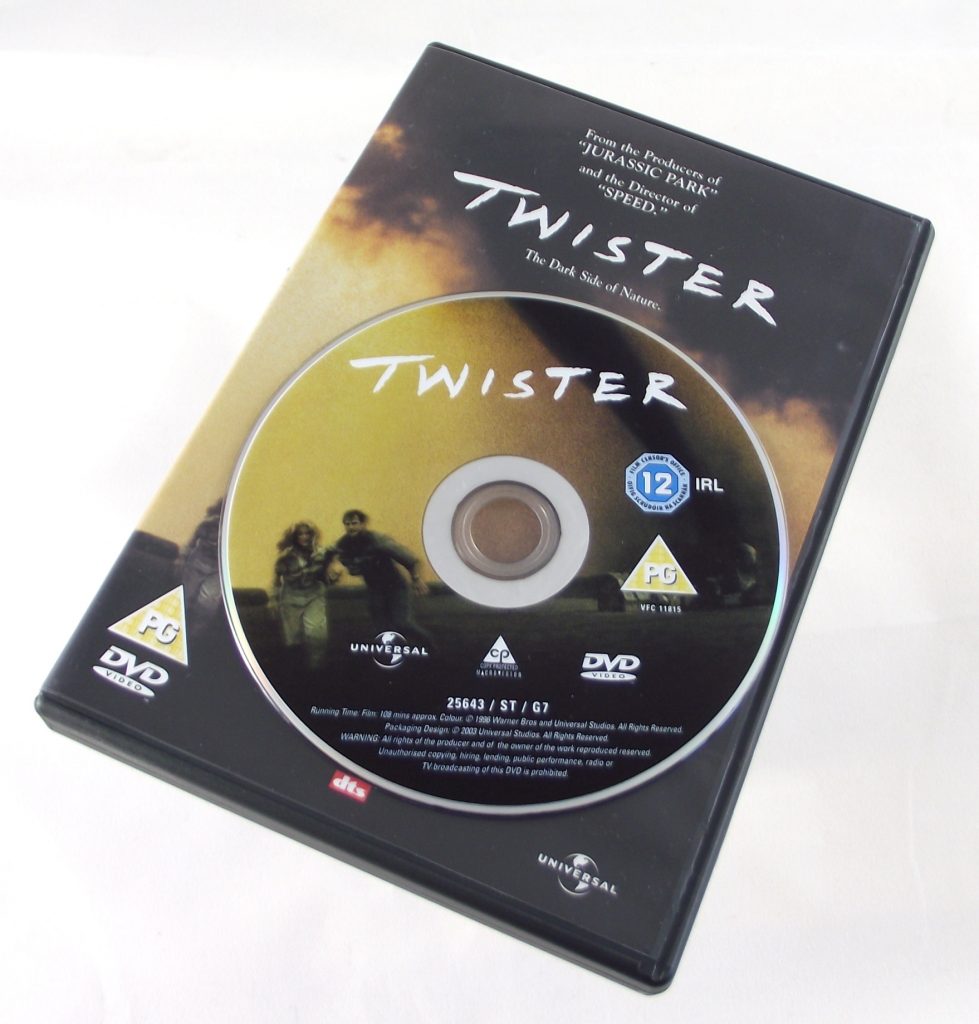 Isuzu’s range was changing too. In 1996, the brand’s line-up for the 15 – 22.5-tonne GVM segment offered more models and more torque to satisfy Australian transportation needs, with durability and adaptability a focus.
Damaged packages, missing cargo or even an unforeseen accident. Who is responsible for damaged goods in transit? We take a look at this in our blog here.
Isuzu’s range was changing too. In 1996, the brand’s line-up for the 15 – 22.5-tonne GVM segment offered more models and more torque to satisfy Australian transportation needs, with durability and adaptability a focus.
Damaged packages, missing cargo or even an unforeseen accident. Who is responsible for damaged goods in transit? We take a look at this in our blog here.



Lead the charge with Australia’s favourite truck.
2025 heralds Isuzu Trucks’ 36th year as market leader.* Number one in more than just sales, though, Isuzu Trucks has an unparalleled dealer support network, customer care program, truck range, and legendary reliability. To get behind the wheel of a winner, get into your nearest Isuzu Trucks Dealer now or visit isuzu.com.au
Learn More

